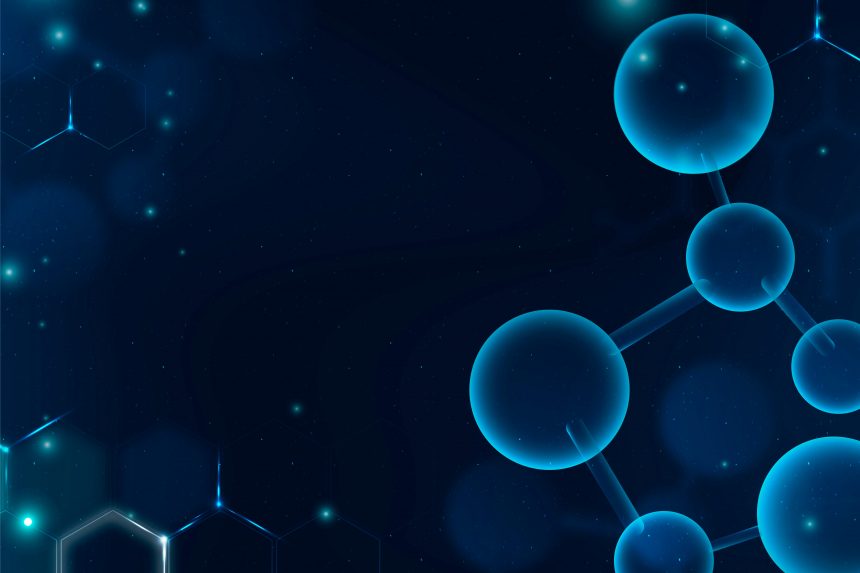Hey there! Have you ever heard of nanotechnology? It might sound like something out of a sci-fi movie, but it’s actually a super powerful tool that’s quietly transforming our homes. Think of it as the secret ingredient behind some of the most innovative household gadgets you use daily—without any fanfare or complicated tech jargon.
At its core, nanotechnology involves working with materials on an incredibly tiny scale—imagine particles so small that they’re a billion times smaller than a millimeter. To put that into perspective, if a human hair is about 80,000 nanometers wide, nanotechnology deals with materials and structures at the scale of just a few nanometers. This tiny world is packed with potential, enabling us to make household devices smarter, stronger, more efficient, and more sustainable.
From scratch-resistant coatings on dishes to self-cleaning surfaces and advanced water filters, nanotechnology is turning everyday objects into high-tech marvels right in your living room or kitchen. It’s like giving your household gadgets a secret upgrade, allowing them to work better and last longer — often without you even noticing the incredible science behind it.
So, the next time you see your shiny new cookware, or your air purifier working quietly in the corner, remember: there’s some fascinating nanotech magic happening behind the scenes that’s redefining what’s possible at home. Curious about how this tiny tech revolution is changing your daily life? Let’s explore the fascinating ways nanotechnology is making our homes smarter, cleaner, and more sustainable — all without requiring extra effort on your part.
Peek Under the Hood: How Tiny Nanotech Innovations Are Making Big Changes in Household Devices and What That Means for You and Your Family
Now that you know nanotechnology is in play, you might be wondering: what exactly is it doing to improve my everyday gadgets? How is working with materials on a nanometer scale making a difference? Well, the answer is pretty cool.
Smarter and More Durable Surfaces
One of the most common applications of nanotech at home is creating surfaces that are resistant to stains, scratches, and dirt. Ever spilled red wine on a fancy tablecloth? No worries! Thanks to nanocoatings, many modern fabrics and surfaces are treated with ultra-thin, transparent layers of nanomaterials that repel liquids and dust. This means your furniture, countertops, and even your clothes can stay cleaner for longer and be easier to maintain.
Self-Cleaning and Water-Repellent Things
Nanotechnology has also given rise to self-cleaning surfaces. These mimic natural phenomena like the lotus leaf’s ability to repel water and dirt. Coating windows, mirrors, or even outdoor furniture with nanomaterials can turn them into self-cleaning wonders — rain washes away dirt, reducing the need for harsh cleaning chemicals. Plus, nano-sized water-repellent layers make fabrics, glass, and other surfaces resist water and stains, keeping your home fresher with less effort.
Better Air and Water Purification
Air purifiers and water filters have seen a significant boost thanks to nanotech. Nano-sized filters—think tiny sieves—are remarkably effective at trapping pollutants, bacteria, and viruses. This means cleaner, healthier air and water right at home. For example, some water filters use nanomaterials like silver nanoparticles that actively kill bacteria and algae, making tap water safer without the need for heavy chemicals.
Energy Efficiency and Environmental Benefits
Nanotech isn’t just about making things work better; it’s also about making them more eco-friendly. Some coatings improve insulation or reflect heat better, helping your home retain or shed heat more efficiently. This reduces energy consumption, which means lower electricity bills and a smaller carbon footprint — an easy win for sustainability.
How Does All This Work?
You might be curious: how do tiny particles do all this magic? Basically, scientists can engineer nanomaterials to have specific properties—like being super strong yet lightweight, highly reactive, or resistant to corrosion. For instance, embedding nanostructures into fabrics can make them stiff or soft, resistant to stains, or self-healing when scratched. Because these materials are so tiny, they can be integrated invisibly into products, enhancing performance without altering the appearance or feel.
Impact on Daily Life
All these tiny innovations are invisible to most of us — after all, you’re not carrying around microscopic robots. But their effects are huge. Your dish soap lasts longer because it’s more effective at breaking down grime. Your kitchenware stays shiny and scratch-free longer. Your home stays fresher, healthier, and more energy-efficient.
As nanotech becomes more widespread and affordable, it’s paving the way for smarter, greener living. Manufacturers are increasingly adopting nanomaterials to produce gadgets that are last longer, clean easier, and use less energy. So, the next time you use a self-cleaning window or enjoy a glass of water filtered through nano-enhanced filters, remember: there’s a tiny revolution happening, making your home safer, cleaner, and more sustainable — all without you noticing a thing!
Wrapping It Up
In a nutshell, nanotechnology is quietly but powerfully changing the way our household devices function. Whether it’s scratch-resistant cookware, self-cleaning windows, or more efficient air and water filters, nanotech is helping us create homes that are smarter, safer, and more eco-friendly.
These innovations may be invisible to the naked eye, but their impact is enormous. As science progresses and nanomaterials become even more prevalent, we can expect our everyday lives to become even more convenient — all thanks to the tiny Titans working behind the scenes. So, the next time you marvel at a high-tech appliance, remember: it’s probably powered by some tiny, invisible magic that’s transforming your home in spectacular ways!


